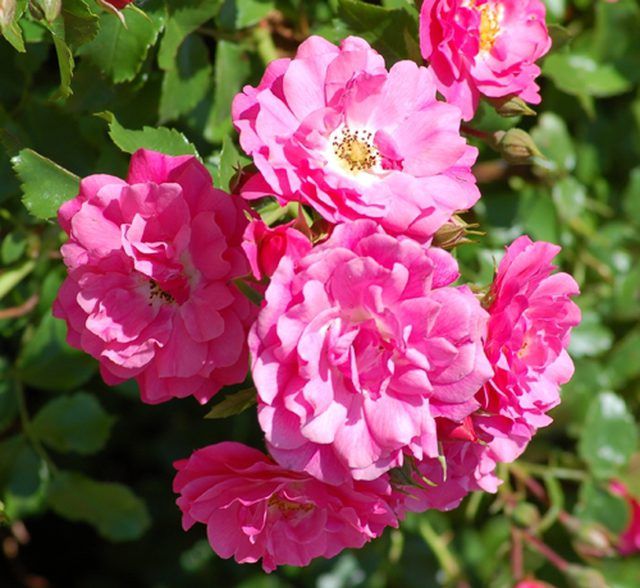Bulbs
Flower Basics
Flower Beds & Specialty Gardens
Flower Garden
Garden Furniture
Garden Gnomes
Garden Seeds
Garden Sheds
Garden Statues
Garden Tools & Supplies
Gardening Basics
Green & Organic
Groundcovers & Vines
Growing Annuals
Growing Basil
Growing Beans
Growing Berries
Growing Blueberries
Growing Cactus
Growing Corn
Growing Cotton
Growing Edibles
Growing Flowers
Growing Garlic
Growing Grapes
Growing Grass
Growing Herbs
Growing Jasmine
Growing Mint
Growing Mushrooms
Orchids
Growing Peanuts
Growing Perennials
Growing Plants
Growing Rosemary
Growing Roses
Growing Strawberries
Growing Sunflowers
Growing Thyme
Growing Tomatoes
Growing Tulips
Growing Vegetables
Herb Basics
Herb Garden
Indoor Growing
Landscaping Basics
Landscaping Patios
Landscaping Plants
Landscaping Shrubs
Landscaping Trees
Landscaping Walks & Pathways
Lawn Basics
Lawn Maintenance
Lawn Mowers
Lawn Ornaments
Lawn Planting
Lawn Tools
Outdoor Growing
Overall Landscape Planning
Pests, Weeds & Problems
Plant Basics
Rock Garden
Rose Garden
Shrubs
Soil
Specialty Gardens
Trees
Vegetable Garden
Yard Maintenance
How to Grow Roses in Ohio
How to Grow Roses in Ohio. Roses are beautiful and popular flowers. Most varieties bloom all summer long, and they come in a wide range of stunning colors, shapes and sizes. However, to successfully grow roses in Ohio, you must first understand the climate. Ohio encompasses gardening hardiness zones 5 and 6, which means that it has temperatures...

Roses are beautiful and popular flowers. Most varieties bloom all summer long, and they come in a wide range of stunning colors, shapes and sizes. However, to successfully grow roses in Ohio, you must first understand the climate. Ohio encompasses gardening hardiness zones 5 and 6, which means that it has temperatures as low as -20 degrees F. Temperatures this low mean you need to carefully choose your roses and tend them diligently.
Things You'll Need
Roses
Garden hose or watering can
Shears for pruning
Fertilizers
Mulch
Fungicides and pesticides
Burlap
Choose the correct roses. Climbing roses tend to be less hardy than shrub roses. Many variety of roses are not hardy enough to survive in zones 5 and 6. Some variety of roses that do survive in those zones include many popular hybrid tea roses such as the multicolored "Peace" rose, the fragrant "Mr. Lincoln" and the pink "Friendship" rose.
Choose a good location for your roses. They should get at least 6 hours of full sunshine daily. The hole should be twice as wide as the roots. The roses should be planted at least six inches apart and ideally 12 inches. After planting your roses, water them right away. You may also choose to feed them with plant food. Once your roses start to grow in the spring, you should fertilize them regularly--every 3 to 4 weeks--or according to the directions on the package.
Take care of your roses. Roses need about one inch or water per week. Ohio gets a good amount of water during the spring, but you should still monitor the amount of water your roses are getting. Mulch your roses also with any organic material such as wood chips or grass cuttings. To encourage new blooms, deadhead the spent roses periodically.

Protect your roses. Check for spots or insects frequently. If you see any, trim off the affected area and take it to your local nursery to see if someone can help you find a spray to treat the problem.
Prepare your roses for autumn and winter. Stop feeding them in early autumn so they don't produce new buds. After the first hard freeze, which usually happens in late October in Ohio, mound the soil up around your roses about a foot high. In early November, wrap the entire rose bush in burlap. Do this for all of your roses.
Tips & Warnings
Choose roses that are similar in shape for a more uniform look. For example, several bush roses look nice in a row.
Climbing roses do not usually grow well in zones 5 and 6.